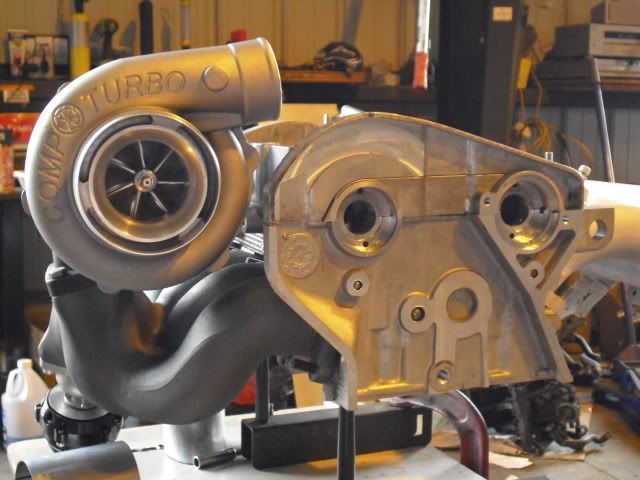hurril wrote: ....... So in a way, engine braking with the throttle open but with no fuel going in ought to turn the ICE into a "heat engine" whereby the inherent heat of the cylinders causes an expansion that provides some little push on the turbine. I'm sure the valve overlap could indicate an optimum RPM-span where the compression isn't too great (doesn't break too much.)
yes the heat residue would produce a residual power, but primarily at the crankshaft
that partially at least offsets the engine braking (though WOT/zero fuel surely ? also reduces engine braking)
and could usefully (at most circuits) be absorbed by MGU-K generation and stored
any crankshaft power flow corresponding to no more than zero net crankshaft torque is permissible at zero torque demand
via the zero torque rule containing overrun push to no more than engine braking (about 50 kW)
(within this rule some conventional engine running might anyway be done on the overrun to boost stored energy)
at worst this route would give a free supply of low energy, low pressure exhaust to the turbine
its benefits seem to outweigh concerns over minimising the MGU-H motoring energy on the overrun








